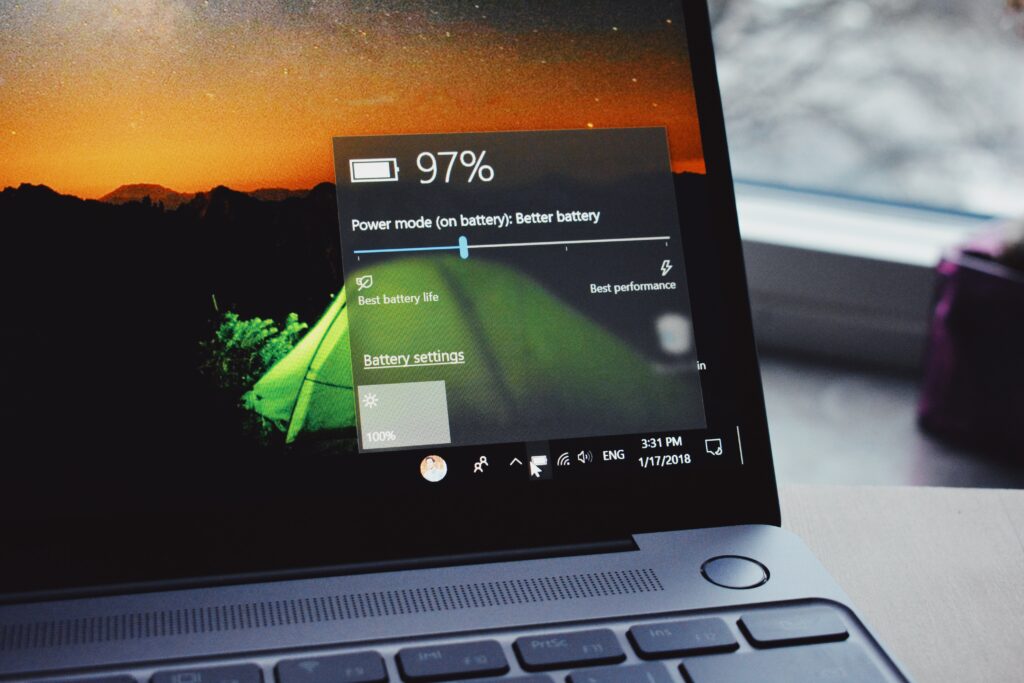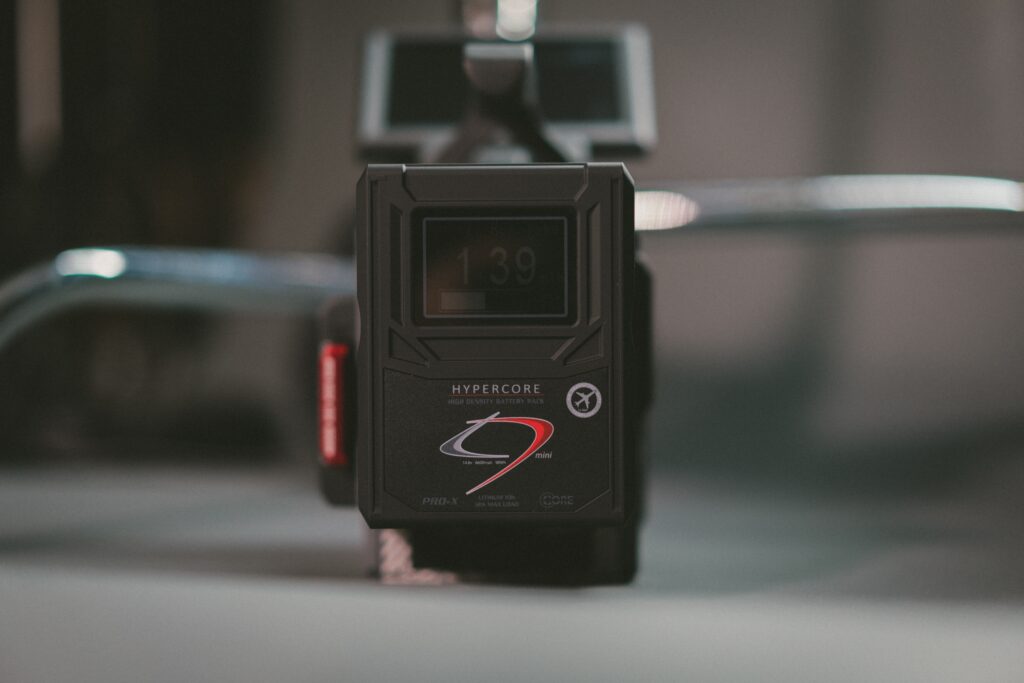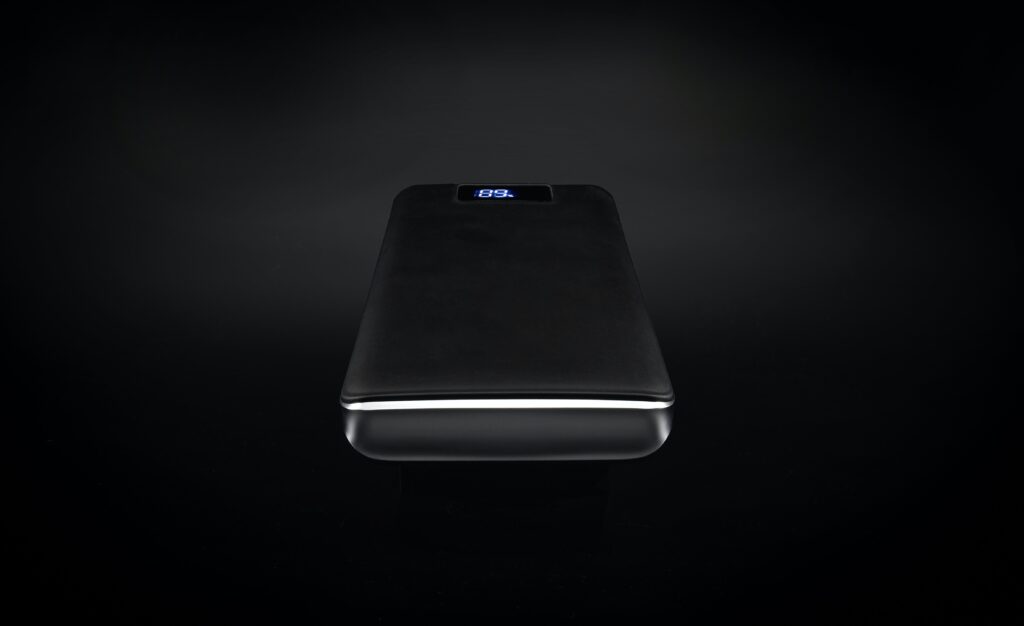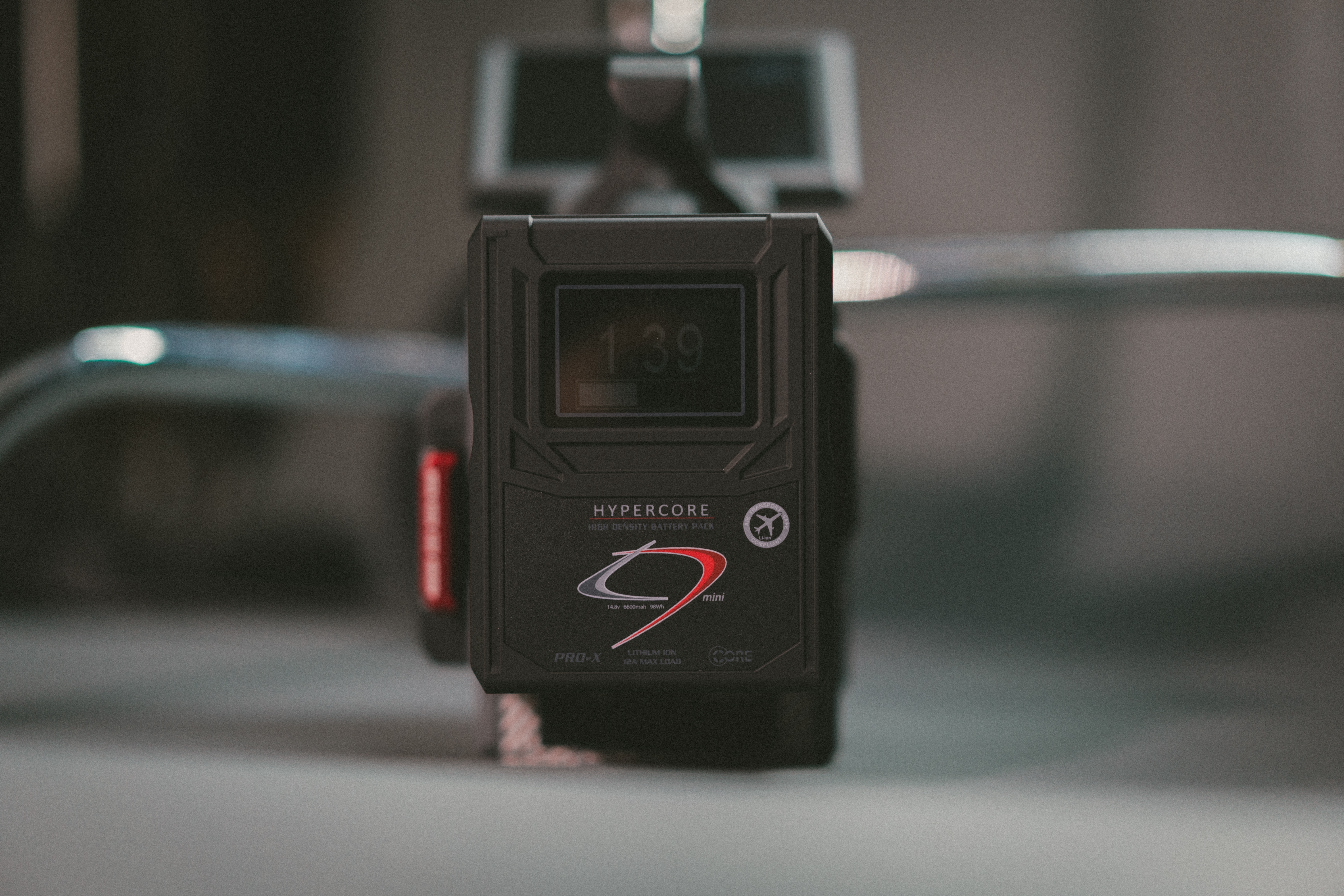Have you ever found yourself curious about whether a particular gadget or toy you’re considering buying works with batteries? You’re not alone! Discovering whether a product requires batteries may not always be straightforward. The wait is over as you’re about to unravel the mystery in the article “How Do I Know If A Product Is Battery-Operated?” This comprehensive guide will walk you through simple ways to assess your products, saving you any unpleasant surprises down the line. So, let’s spark your knowledge about battery-powered products, shall we?

This image is property of images.unsplash.com.
Understanding the Basics
Before finding out if a product is battery-operated, you need to understand the basics of battery-powered devices. First and foremost, we need to identify the types of objects around you which use batteries.
Identifying battery-operated devices
Battery-operated devices are everywhere around us. Think of your household items, such as remotes, clocks, toys, and cameras, or portable devices that you carry around, like your smartphone, laptop, or portable speakers. These are all examples of battery-operated devices. In simple words, any device that doesn’t require a continuous connection to the wall socket or cannot function without electricity is likely to be battery powered.
Types of batteries commonly used
Batteries come in various types and sizes, and different devices require different kinds. For instance, an AA or AAA battery is commonly used in remote controls and clocks, whereas lithium-ion batteries have a significant role in charging devices like mobile phones, laptops, and cameras. Other types include button cell batteries used in watches and hearing aids, and 9-volt or triple-A batteries for specific devices like smoke detectors.
What are battery-powered devices?
Battery-powered devices are electronic machines that utilize stored energy in batteries to work. They are designed to be portable and easy to use, requiring no immediate source of electricity. Batteries in these devices discharge power when needed, allowing them to operate.
Examining the Product Packaging
One of the quickest ways to check whether a device is battery-operated is by looking at its packaging.
Power source labeling
Manufacturers typically label the device’s power source information on the packaging itself. Look for markings such as ‘battery-operated’, ‘uses batteries’, or information about the type of battery required.
Battery symbol indications
Another indicator is the battery symbol, usually depicted as a series of flat circles or cylinders, often found on the packaging. If a symbol is present, it’s a clear hint that the product runs on batteries.
Product descriptions and features
If your product has user features listed on the packaging, reviewing them should give you clues about the power source. Features like portability, wireless usage, or the mention of ‘no cords’ strongly indicate a battery-powered model.
Checking the Device Itself
If the product packaging doesn’t provide decisive information, you can check the device itself.
Battery compartments on devices
Most battery-operated devices have a battery compartment. This slot usually has a small door that can be opened to insert or remove batteries. The presence of this compartment unambiguously confirms that the product uses batteries.
Discreet battery slots
Some smaller gadgets might have discreet battery slots rather than a separate compartment. If you notice a slim slot on the side that matches the size of a coin cell or button battery, this is likely a battery slot.
Presence of power cords or chargers
Not all battery-operated devices would have obvious compartments or slots. Some may have built-in rechargeable batteries and come with charging cables or adapters. If your product has a charging cable but no visible connection to power, it’s still battery-operated.
Contacting the Manufacturer
If you’re still uncertain about the power source after checking the product and its packaging, it might be time to contact the manufacturer.
Official websites and product guides
Manufacturers maintain official websites with detailed product information guides. By searching your device model, you can find specifics about power sources and battery types.
Customer support and care
Contacting customer support can provide immediate answers. They are trained to provide comprehensive information and instructions regarding all products manufactured by the company.
Looking at FAQs and discussion boards
FAQ sections on the official website or discussion boards about the product may also provide valuable information about battery usage. Other customers might have asked similar questions about the device’s power source.

This image is property of images.unsplash.com.
Researching the Product Online
Another reliable way to check for battery operation is by doing some online research.
Online reviews and descriptions
Product reviews provide great unboxed insights about the device. Often, the question about the power source is already answered in many reviews. Descriptions on e-commerce websites also detail product specifications, including power sources.
Online store listings
Many online retailers have detailed product descriptions and technical specifications that often include information about power operation.
Consumer reports and analyses
You could also refer to third-party consumer reports or sites dedicated to analyzing and comparing tech products. These analyses often include comprehensive details about the product’s power source.
Checking the User Manual
Every new device comes with a user manual or guide. The product’s power source is almost always mentioned in this booklet.
Power source section
Typically, a section or chapter is dedicated to the power source in the user manual. This section should include detailed instructions on installing the batteries or charging the device, confirming whether it is battery-operated or not.
Installation instructions
The user manual also typically includes a guide on how to set up the equipment and get it working. If batteries are required, you’ll find instructions on where and how to install them.
Safety and battery maintenance tips
Look out for safety guidelines and battery maintenance tips. These sections are a clear indicator that the device operates on batteries.

This image is property of images.unsplash.com.
Recognizing Battery Symbols and Indicators
Your device may also provide visual cues or physical indications to signal battery operation.
Battery shapes on the device
Many manufacturers include an etched battery symbol on the device or near the battery compartment to indicate the battery operation. This symbol typically appears as one or more small circles, cylinders, or a rectangular shape, representing the type of battery required.
The role of battery icons
Battery operation is also often indicated by a small battery icon or LED display on the device itself. This icon can help you understand when the battery needs recharging or replacement.
Battery voltage and capacity indicators
Some gadgets have battery voltage and capacity indicators. These could be simple requirements printed next to the battery slot or a digital display showing the battery’s performance.
Battery Life and Replacement
One key aspect of maintaining battery-operated devices is understanding the device’s battery life and the replacement procedure.
Battery life cycle and duration
A battery’s life depends on its type and usage. For instance, a smartphone battery may last for several years if maintained properly, while an AA battery in a remote control may need to be replaced every six months.
How to tell if a battery needs replacing
Most devices will show signs of a dying battery. This could be in the form of low performance, frequent power intermissions, or a specific warning light or message on the device.
Cost and availability of replacement batteries
It’s also essential to consider the cost and availability of replacement batteries. Specialty batteries can be expensive and difficult to find compared to common types like AA or AAA batteries.
The Role of Batteries in Portable Devices
Batteries play such a crucial role simply because they ensure the portability of the device.
Why portability requires batteries
Batteries, whether disposable or rechargeable, provide an independent and often portable power source. This lets you use the device anywhere and anytime, without needing an electrical outlet.
The trend towards rechargeable batteries
Many modern devices now use rechargeable batteries. This offers the advantage of reusing the same battery multiple times, thereby saving costs and reducing environmental waste.
How battery size affects portability
The size and weight of the battery also impact the device’s portability. As a result, manufacturers are continually working on producing smaller, lighter, yet more powerful batteries.
Environmental Impact of Battery-Operated Devices
Lastly, while batteries are a convenient power source, it’s necessary to recognize their environmental impact.
Battery waste and recycling
Disposing of batteries irresponsibly can lead to harmful chemicals leaking into the ground. Recycling used batteries is the most environmentally friendly option, and many recycling centers accept batteries for safe disposal.
The carbon footprint of manufacturing batteries
Manufacturing batteries carries a high carbon footprint. Mining the raw materials, manufacturing, and shipping the batteries all contribute to carbon emissions.
Moving towards sustainable and eco-friendly power sources
Many manufacturers are now making efforts to transition to more sustainable and eco-friendly power sources. For instance, solar power and hand-cranked power are becoming popular alternatives to batteries.
So, by understanding these basic points about battery-powered devices and knowing where to look, you can easily determine if a product runs on batteries. Being aware of how to check for this power source will help you make more informed purchase decisions and effectively maintain and operate your battery-operated devices.

